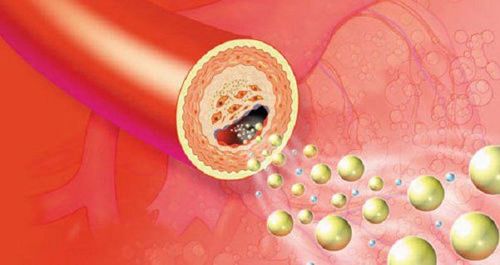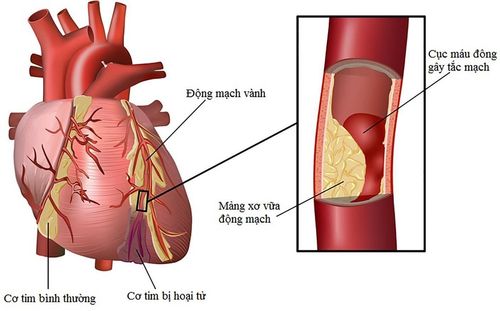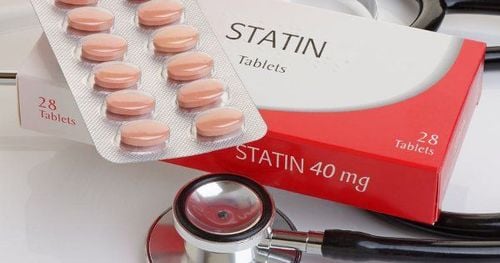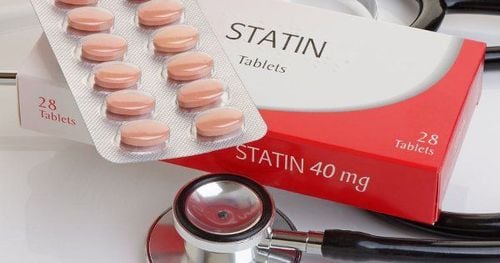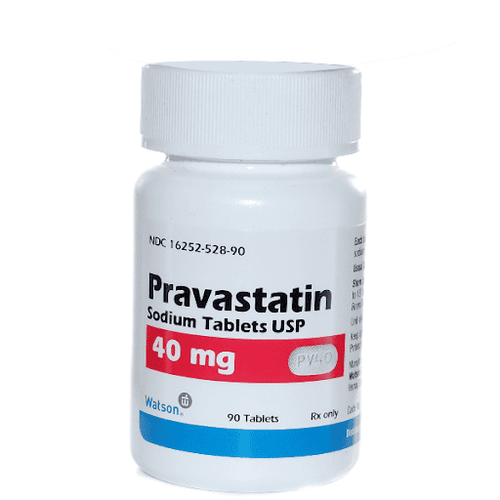This is an automatically translated article.
The article was professionally consulted by Doctor General Internal Medicine Doctor - Department of Medical Examination & Internal Medicine - Vinmec Hai Phong International General Hospital.
Cholesterol and triglycerides can clog arteries, increasing the risk of heart disease. Therefore, blood lipid testing can predict the risk of cardiovascular disease and help you adjust your lifestyle to prevent future risks.
1. How to read blood fat test results
Blood lipid test results usually show the following items:
Total cholesterol :
Overview of all blood fats. Total cholesterol can be high due to elevated levels of good cholesterol (HDL), or high levels of bad cholesterol (LDL). This is a very important indicator.
Ideal Total Cholesterol Level: Below 200 mg/dL High Range: 200-239mg/dL High: Over 240 mg/dL In general, doctors recommend keeping your total cholesterol level below 200 mg/dL . A total cholesterol level higher than 200 mg/dL, based on an analysis of LDL and HDL ratios, may indicate that you are at higher than normal risk for cardiovascular disease. Total cholesterol levels higher than 240 mg/dL double the risk of cardiovascular disease.
=>> See more: Good food for people with dyslipidemia
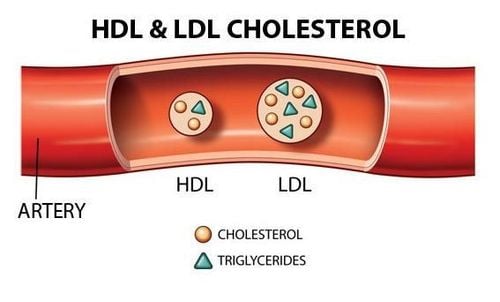
Triglycerides: This form of blood fat has been linked to cardiovascular disease and diabetes. If you have high triglyceride levels, your total and LDL cholesterol levels may also be high.
Normal: less than 150 mg/dL Limit - High: 150-199 mg/dL High: 200-499 mg/dL Very High: 500 mg/dL Lifestyle plays a big role in triglyceride levels. Smoking, heavy alcohol use, uncontrolled diabetes, estrogen medications, steroids, and some acne treatments can all cause triglyceride levels to rise. However, in some cases, genetics or underlying medical conditions can also be to blame.
High-Density Blood Fats HDL: Good cholesterol helps protect you against cardiovascular disease. HDL helps remove bad cholesterol from the blood stream and arteries. It plays a very important role in the prevention of arterial occlusion. So the higher the HDL level, the better. In general, an HDL level of 60 mg/dL or higher is considered well, similarly, an HDL level below 40 mg/dL is considered a risk factor for cardiovascular disease. You should consult with a specialist about what blood fat level is best for your situation.
Some medications, including steroids, blood pressure medications also known as beta-blockers, and diuretics can interact with HDL levels in the body. Always inform your doctor of any medications you are taking.
Low-density lipoprotein (LDL) cholesterol: Bad cholesterol and a major contributor to blood vessel blockage, increased risk of cardiovascular disease Your actual target LDL level depends on whether you have risk factors for heart disease such as diabetes or high blood pressure or not. But in general, LDL is rated according to the following levels:
Ideal: Under 100 mg/dL Near Ideal: 100-129 mg/dL High Range: 130-159 mg/dL High: 160- 189 mg/dL. =>> See more: Familial dyslipidemia: Things to know
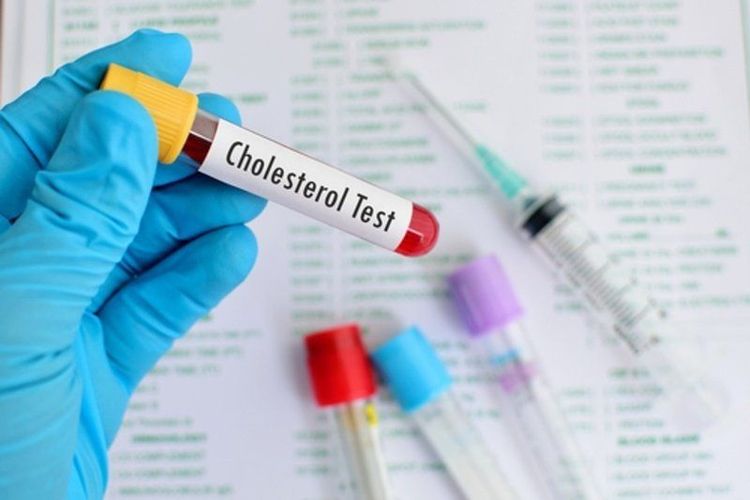
Based on the risk factors for cardiovascular disease you have, your doctor will discuss treatment options to lower your specific LDL levels. These treatments include lifestyle changes — changes to diet and exercise — as well as the use of lipid-lowering medications.
Some other blood fat tests include:
Total and HDL Cholesterol Ratio Cholesterol and HDL. This index helps doctors predict the risk of atherosclerosis
This test is not always shown on blood test results. Some doctors use this index instead of total cholesterol to decide how to lower blood fat for patients. However, the American Heart Association recommends focusing on specific values rather than ratios to be more useful in determining treatment.
Very low density lipoprotein (VLDL - very low density lipoprotein): This is another type of bad cholesterol that builds up in the arteries
This type of bad cholesterol contains the highest amount of triglycerides. The higher the VLDL level, the higher your risk of having a heart attack or stroke. VLDL is not always shown on test results. Most laboratories estimate VLDL by dividing the triglyceride level by 5. However, this number is not valid when the triglyceride level is higher than 400.
A normal VLDL level is between 5 and 40 mg/dL.
2. Your goal
The cholesterol test results only show the general direction. Blood lipid levels are normal for you but may not be ideal for others. Your doctor will review all of your tests and risk factors to develop your own specific treatment.
Your goals will depend on your age, family history of cardiovascular disease, and whether you have other risk factors for heart disease such as diabetes, high blood pressure, or weight.
Adults over the age of 20 should have their blood fats and triglycerides checked every year. However, your doctor may recommend more frequent screening if you have specific risk factors such as diabetes, high blood pressure, obesity, or family factors.
To protect heart health in general and detect early signs of cardiovascular disease, customers can sign up for Cardiovascular Screening Package - Basic Cardiovascular Examination of Vinmec International General Hospital. The examination package helps to detect cardiovascular problems at the earliest through tests and modern imaging methods. The package is for all ages, genders and is especially essential for people with risk factors for cardiovascular disease.
Please dial HOTLINE for more information or register for an appointment HERE. Download MyVinmec app to make appointments faster and to manage your bookings easily.
Reference source: webmd.com




